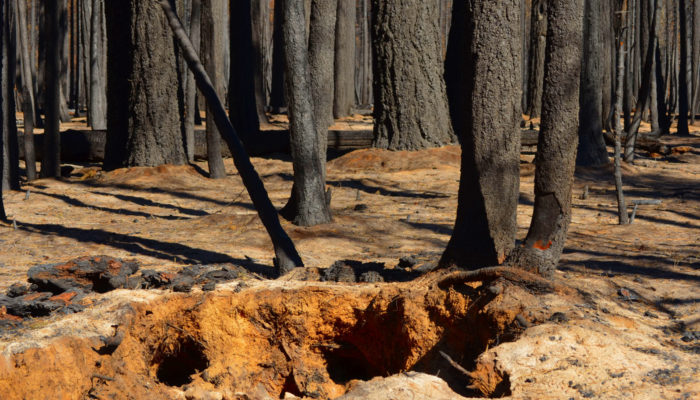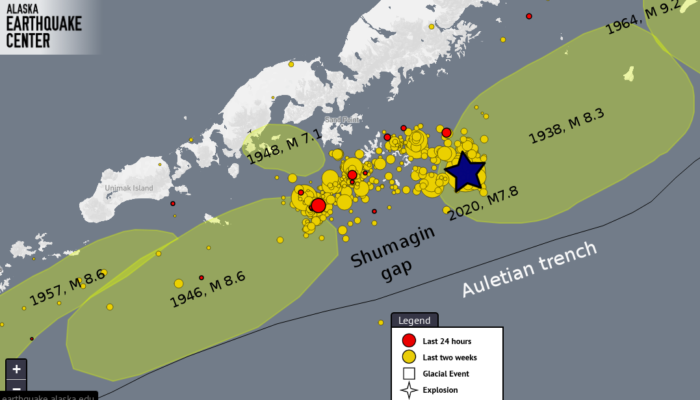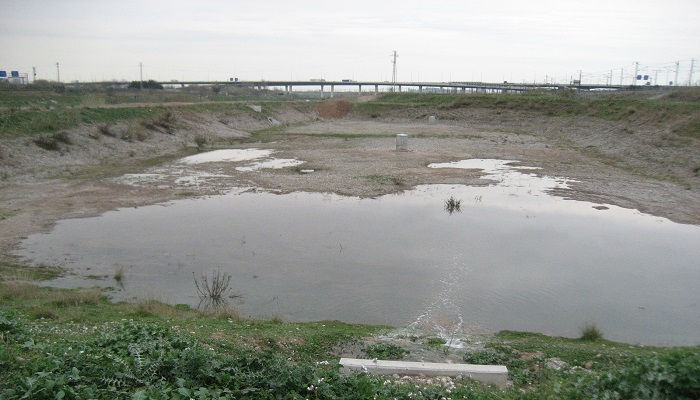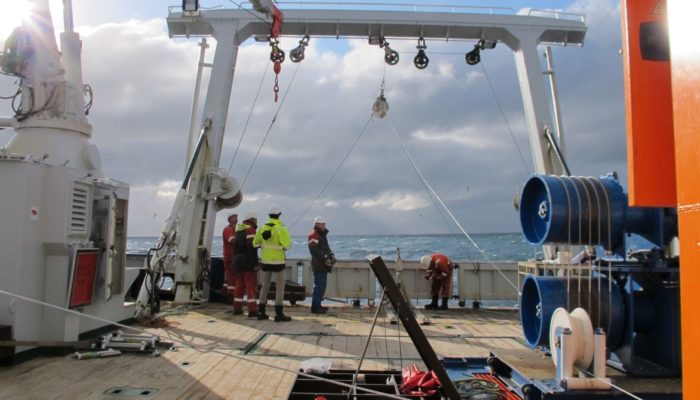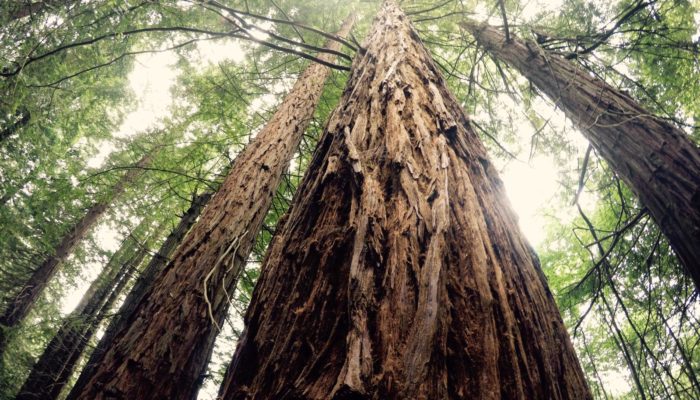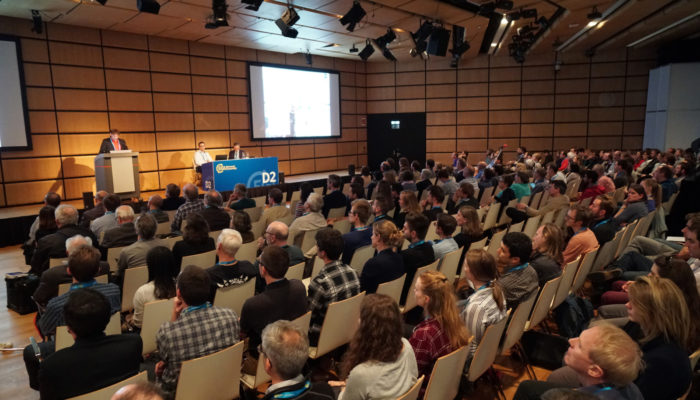Fires are a common and often natural worldwide phenomena, that are often integral to the lifecycle of certain land-based ecosystems. Despite this, frequent or unusually intense fires can have significant effects on plant productivity, plant community composition and root properties. Although many trees have evolved to grow in fire prone areas, they usually have certain adaptations to help them sur ...[Read More]
If you didn't find what you was looking for try searching again.
Seismology
Earthquake of the month: Simeonof – Alaska M 7.8
On July 22nd, Alaska was the scene of last month’s largest earthquake, a Mw 7.8 earthquake that hit the Aleutian Islands, offshore the Alaska Peninsula. The hypocenter location, tectonic setting and focal mechanism suggest a megathrust earthquake. The hypocenter of the so called Simeonof earthquake is located at the western edge of the historical 1938 earthquake (M8.3) slip zone, near the Shumagin ...[Read More]
Geodynamics
The Sassy Scientist – Snobs Away!
As lockdown eases in many places, Stefan is beginning to think of an academic future away from his sofa. He asks the question: How much does university ranking matter when choosing a PhD position? Dear Stefan, Choosing a PhD program is tough. It’s a bit like getting married: for better or worse, until death us do part, regardless of the toe nail clippings on the table or refusal to ever take ...[Read More]
Tectonics and Structural Geology
TS Must-Read – Hubbert and Rubey (1959)
“The Role of Fluid Pressure in Mechanics of Overthrust Faulting” by Hubbert and Rubey is a “groundbreaking” article from the end of the 1950s. It’s a remarkable piece of research, written in an old-fashioned way, for modern standards. Many ECS that may not have read the original paper yet are certainly familiar with its textbook content. Let’s go quickly through it! The article, as a key po ...[Read More]
Hydrological Sciences
Xavier Sánchez-Vila (2020 Henry Darcy Medallist) on these strange times and the usefulness of scientific thinking
The EGU 2020 Henry Darcy Medal of the EGU Division on Hydrological Sciences was awarded to Xavier Sánchez-Vila in recognition of his innovative theoretical work and practical solutions regarding aquifer characterisation, subsurface solute transport processes and managed aquifer recharge. Given the online EGU 2020 GA, the medal lecture was however postponed to 2021. We then invited Xavi to write so ...[Read More]
Geology for Global Development
Science and Engineering in the Civil Service – by Heather Britton
Governments need scientists, and Heather Britton is telling you what to expect if you decide to join the Civil Service Fast Stream. For the past year, I have been on the Science and Engineering Fast Stream scheme. As the graduate recruitment season is in full flow, I thought there would be an interest in describing the kinds of roles that I have been exposed to on the Science and Engineering Fast ...[Read More]
Ocean Sciences
Research Cruise in times of COVID-19
While the whole world is on stand-by we are in the middle of the North Atlantic and I want to explain you, why! During those crazy times cruise planning also slightly changes. The original plan was to depart and arrive back in Reykjavik which would have only included a short transit to our research area, the OSNAP East section. In the end we had a 9 day transit from our homeport Texel, Netherlands ...[Read More]
GeoLog
Imaggeo On Monday: A marvellous sequoia in spring time
Although more commonly associated with the west coast of the United States, if you visit Cabezón de la Sal in Spain you may come across a stand of giant redwood trees or Sequoia. Around 800 trees were brought to Spain in the 1940s, so are still very young, but even at their young age they are still around 40 meters high! Sequoia groves, as well as being awe-inspiring to look at, provide a uniquely ...[Read More]
GeoLog
GeoPolicy: Communicating A Global Climate Crisis – your questions answered!
A wide variety of webinar sessions were streamed during EGU 2020’s Sharing Geoscience Online, including all of the Great Debates and Union Symposia. The sessions were very well attended, with some sessions having over 700 participants. An extremely high level of engagement meant that in many cases not all of the participants’ questions could be answered in the available time. Union Symposium ...[Read More]
Geodynamics
The Sassy Scientist – The Burning Question
In the climb on the academic pyramid, Antonia wonders: How do you tell someone “you have not done enough to be included in the co-author list”? Dear Antonia, *arranges Yoda robe*: Big questions you have! Right place you came! I am sure you are not the first or the only scientist with that question. Since I feel generous today, I will leave here a template e-mail you can all copy and pa ...[Read More]

